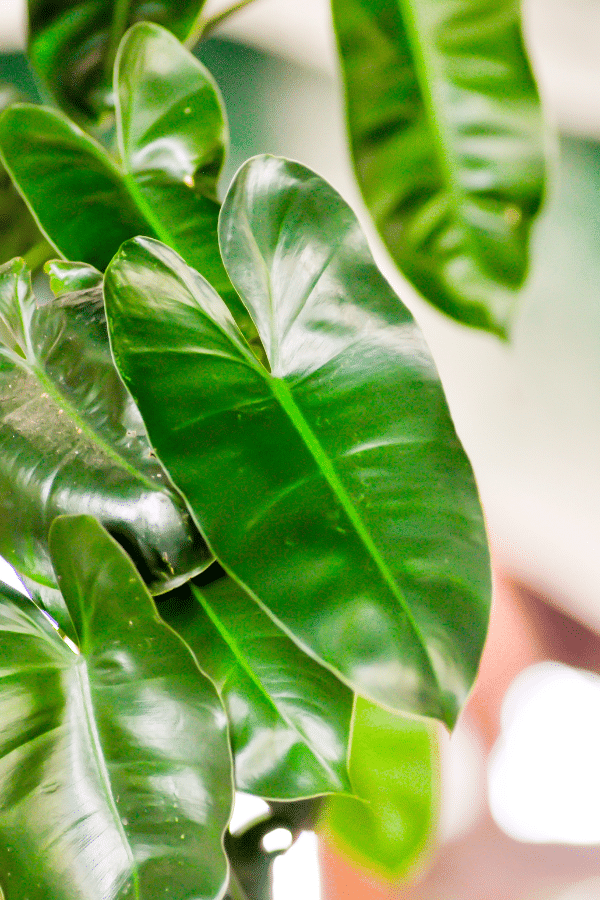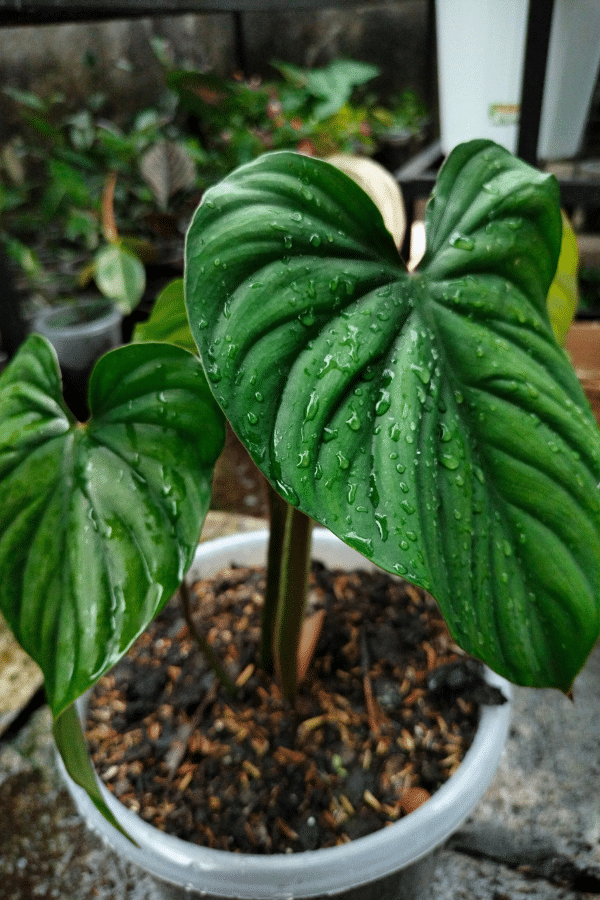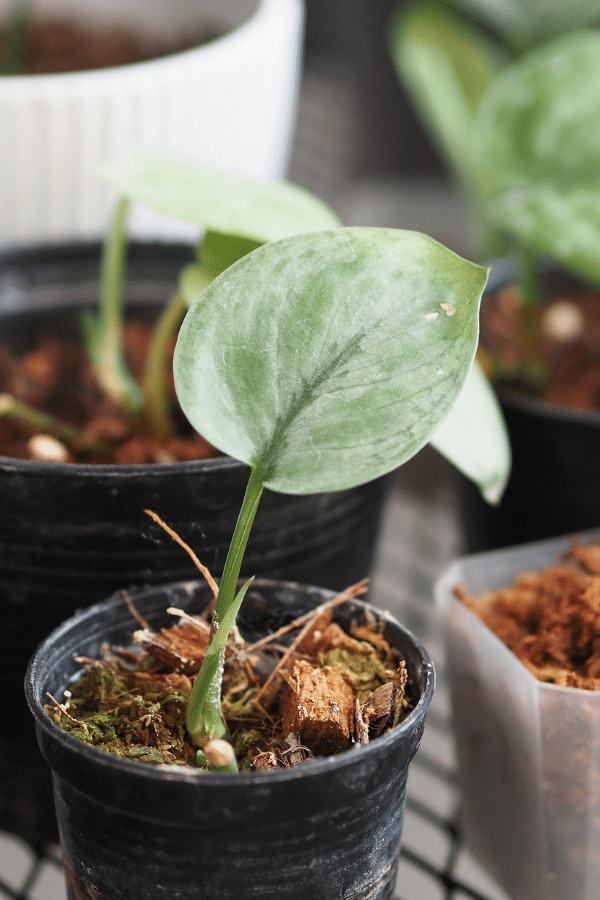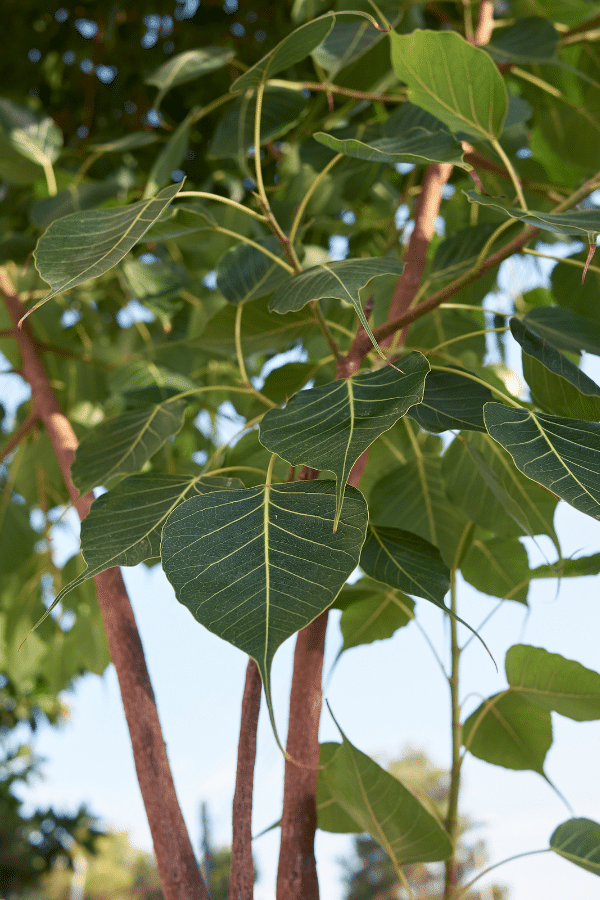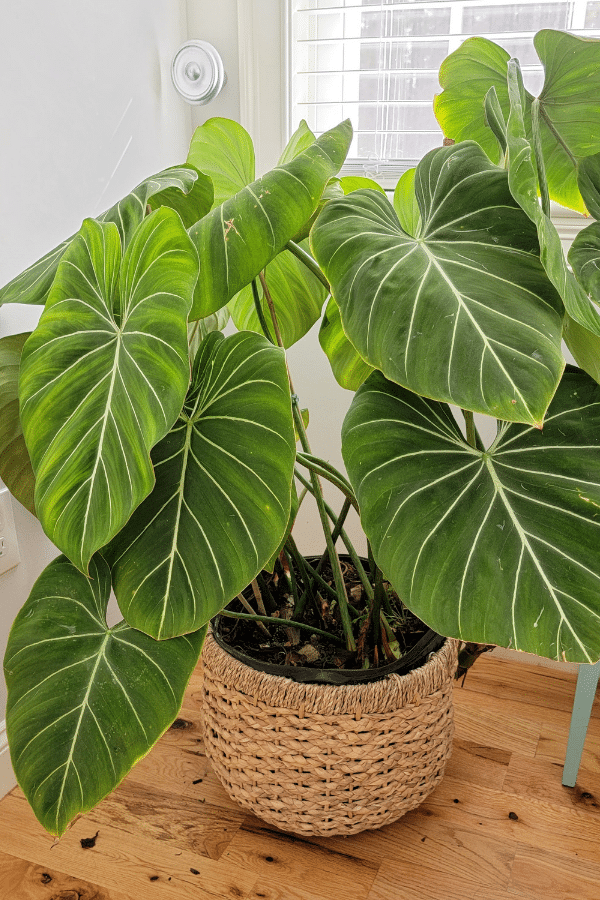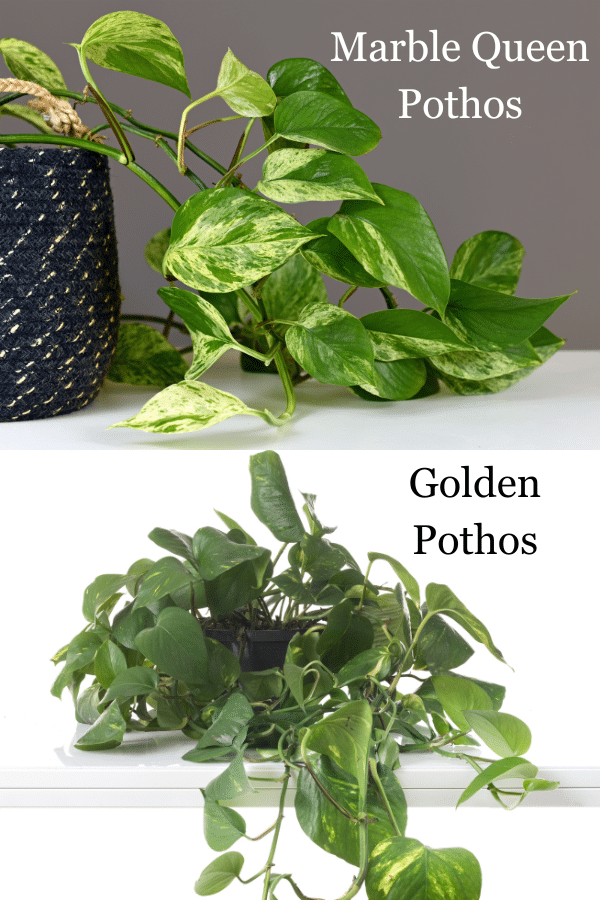Fiddle Leaf Fig
Scientific Name: Ficus Lyrata
The Ficus Lyrata, more commonly known as the Fiddle Leaf Fig has been such a popular houseplant for a few decades now. There are quite a few Fiddle Leaf Fig care intricacies you need to know about this plant to be able to grow the best Fiddle Leaf you can grow.
Below we will dive deep into how to care for a Fiddle Leaf Fig.
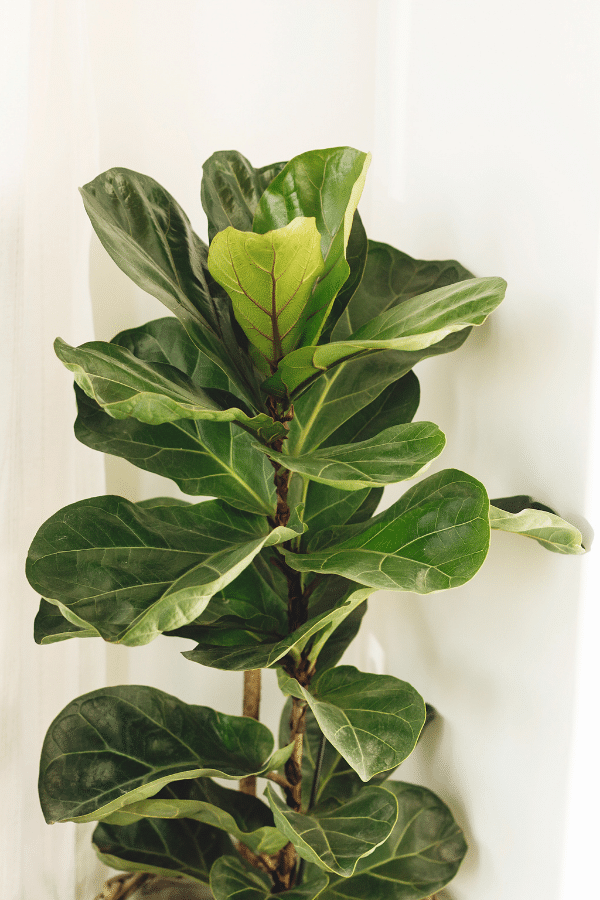
Fiddle Leaf Fig History
The fiddle leaf fig can be traced back to Western Africa to where we now know it as Sierra Leone. The fiddle leaf fig is millions of years old and the Ficus Lyrata is one of the longest living houseplants next to spider plants and palms.
Fiddle Leaf Fig Identification
If you’ve scrolled through social media lately or picked up a home decor magazine, chances are you have come across a fiddle leaf fig. They have been taking over corners of rooms for decades. You can identify a fiddle leaf fig by it’s large leaves with a very textured woodsy stem. A tall fiddle leaf fig tree will usually have the bottom portion of the leaves naturally removed, although not always the case.
Fiddle Leaf Fig Growth Facts
Fiddle leaf figs can grow really well given the right environment. In the wild, it can grow up to 50 feet tall. Fortunately, a fiddle leaf fig as a houseplant will grow to be up to 10 feet tall. Given the right growing conditions, it could be possible it outgrows your house, although not that likely. If you are going to purchase a full-grown fiddle, be sure you have high enough ceilings in your home to house it properly.
How Big Does a Fiddle Leaf Fig Get?
The fiddle leaf fig tree will grow somewhere between 6 and 10 feet tall.
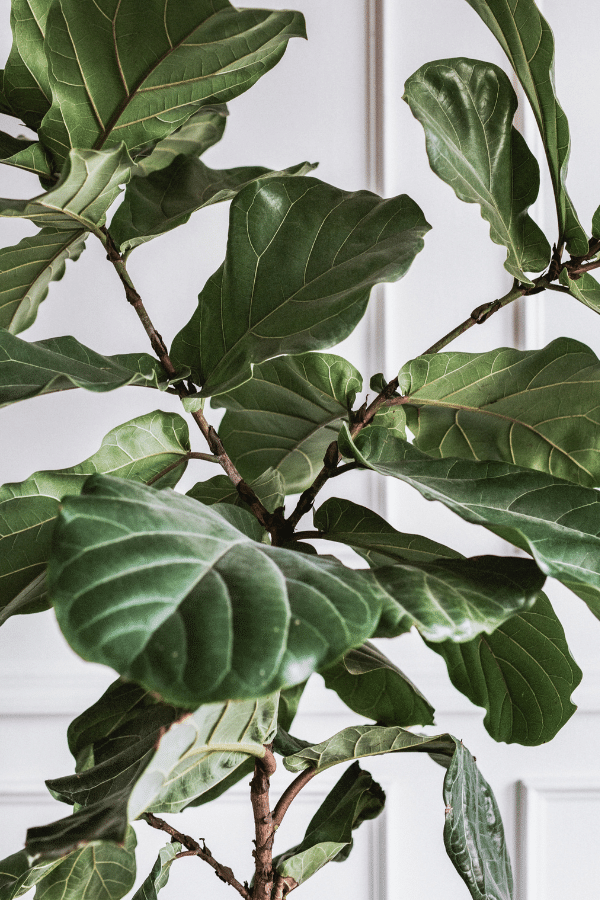
Fiddle Leaf Fig Care
Best Soil for Fiddle Leaf Fig
The fiddle leaf fig tree needs well-draining soil. Be sure to plant in a pot that has drainage holes and opt for a larger pot to allow the roots to grow deep and the tree to grow tall, but not too tall or else it will feel uneasy and not survive. Fiddles need a sturdy yet non-compressable soil to keep the plant aerated but sturdy enough so it won’t fall over.
A blend of peat moss, sand, and bark will allow for proper drainage and for the plant to stand tall. As far as the pH goes, 5.3 to 6.7 is the optimal pH for fiddle leaf soil.
Fiddle Leaf Fig Fertilizer
Fertilize the fiddle leaf fig at the beginning of spring and once more a few months later into summer.
Fiddle Leaf Fig Watering
Water the fiddle leaf fig with tepid water and water completely, until the water drains from the bottom. Water when the top 2 inches of the soil feels dry to the touch. Watering the fiddle leaf fig too much or too less, can have similar effects on the plant so it’s important to learn your fiddle leaf and understand when it needs a drink of water. In summer, it most likely needs water every week, while in the winter it needs water maybe once a month. Again, learn what your plant likes so you don’t underwater or overwater it.
Fiddle Leaf Fig Light Requirements
The fiddle leaf fig needs bright, indirect light to grow optimally. Placing the fiddle near an east-facing window is best to achieve the light it needs. Rotate the fiddle every month 1/4 turn so you grow a tall, straight fiddle leaf fig tree.
Fiddle Leaf Fig Temperature & Humidity
The fiddle leaf fig likes high humidity and temperatures around 60-80F. Give it a good amount of air circulation in the room that it’s placed, but don’t aim a fan directly at the plant.
Fiddle Leaf Fig Repotting
Fiddle leaf figs should be repotted every 2-3 years after you’ve initially planted it. The most important reason to repot your fiddle is to let it grow strong, deep roots and to a full-grown height.
Fiddle Leaf Fig Maintenance & Pruning
You don’t get to grow gorgeous, big leaves without a little maintenance. The leaves on the fiddle need to be dusted weekly to ensure the leaves can absorb all of the sunlight they need.
Another thing you can do to grow a healthy fiddle is to aerate the soil. This allows for water to reach all of the roots and flow out of the plant when it is not needed. Take chopsticks or something similar to the soil and poke and move the soil around to aerate it. Be careful to not damage any of the roots. Do this in a couple of different spots in the soil.
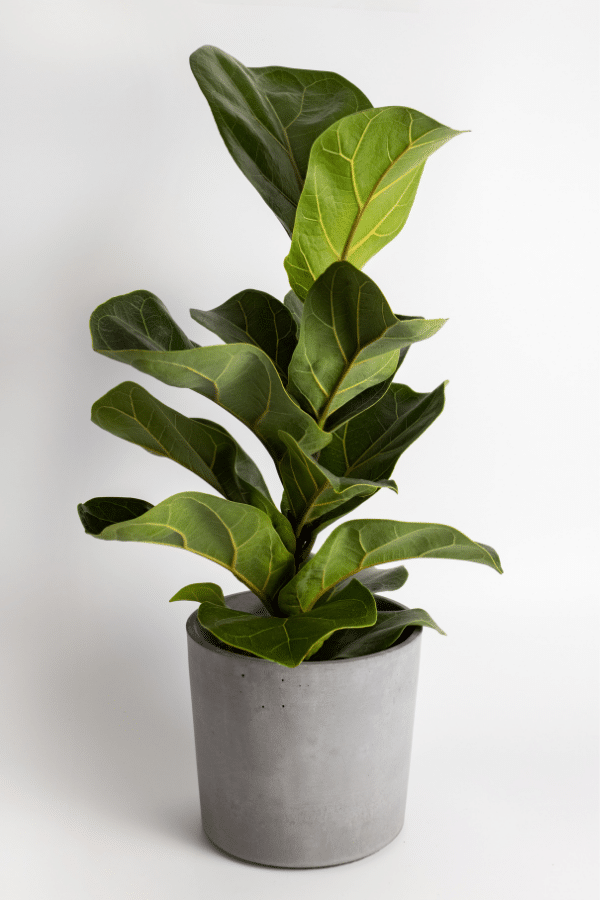
Propagating Fiddle Leaf Fig
You can propagate fiddle leaf figs in a variety of ways. Since fiddle leaf figs are toxic, make sure to wear gloves when handling this plant and wash your hands immediately after. You can propagate the fiddle leaf fig by air layering, in water, and in soil.
Fiddle Leaf Fig Toxicity
Fiddle leaf figs contain calcium oxalate crystals in their sap. These crystals irritate the skin and mouth if ingested. It’s imperative to wash hands after handling your fiddle leaf fig.
Toxicity to Humans
Don’t let curious children near this plant. Wear gloves when handling this plant and/or wash hands immediately after touching it.
Toxicity to Cats & Dogs
Keep the fiddle leaf fig away from curious pets. If your pet nibbles on this plant, you can expect to see symptoms. Check around their mouth and their skin for rashes. If it looks like they bit into the fiddle leaf fig, they could start to vomit and have diarrhea.
Fiddle Leaf Fig Problems
Fiddle Leaf Fig Leaves Turning Yellow
Yellowing of fiddle leaf figs leaves could be a sign of inadequate sunlight and/or not enough nutrition. If it’s spring or summer, give your plant some fertilizer. Fiddle leaf fig needs an adequate amount of indirect and direct light. If it’s not, place it near an east-facing window to allow for proper sunlight requirements.
Fiddle Leaf Fig Leaves Turning Brown
If you see that your fiddle leaf fig leaves are turning brown, there are a few different reasons this may be. One of the more popular reasons is that it’s most likely due to the plant sitting in too much water where there’s not proper plant drainage. Be sure to plant your fiddle in a pot with drainage holes and proper draining soil.
Another reason the fiddle leaf fig leaves turn brown is because of the plant being too dry. This plant loves to be misted or placed near a humidifier to maintain its moisture levels.
Another reason the fiddle leaf fig leaves turn brown is because of bacterial leaf spot. You can spot bacterial leaf spot by the brown spots on the leaves while the leaves turn yellow. Remove the affected leaves right away. But this is the hardest disease to treat on your fiddle leaf fig and it could be too late for your plant.
Fiddle Leaf Fig Diseases
Powdery mildew and root rot are the two most common diseases that the fiddle leaf figs get. These are both fungal diseases and are caused by stagnant air movement, dark, and moist room conditions that allow the fungus to grow.
Promote air circulation in the room where the fiddle leaf fig lives, ease up on its watering schedule and trim away any leaves affected by the fungus. This should help to fix both of these fiddle leaf fig diseases, but keep an eye on the plant after this to be sure there are no other symptoms of affected areas.
Fiddle Leaf Fig Pests
Fungus gnats, mealybugs, scale, and spider mites can all infect the fiddle as a houseplant. When looking over your plant to search for pest infestations, be sure to look at the stem and underneath the leaves. A lot of bugs tend to hang out there on the plant. Neem oil can help to get rid of almost all of these pests. Catch them right away to avoid having to sacrifice your fiddle leaf fig.

